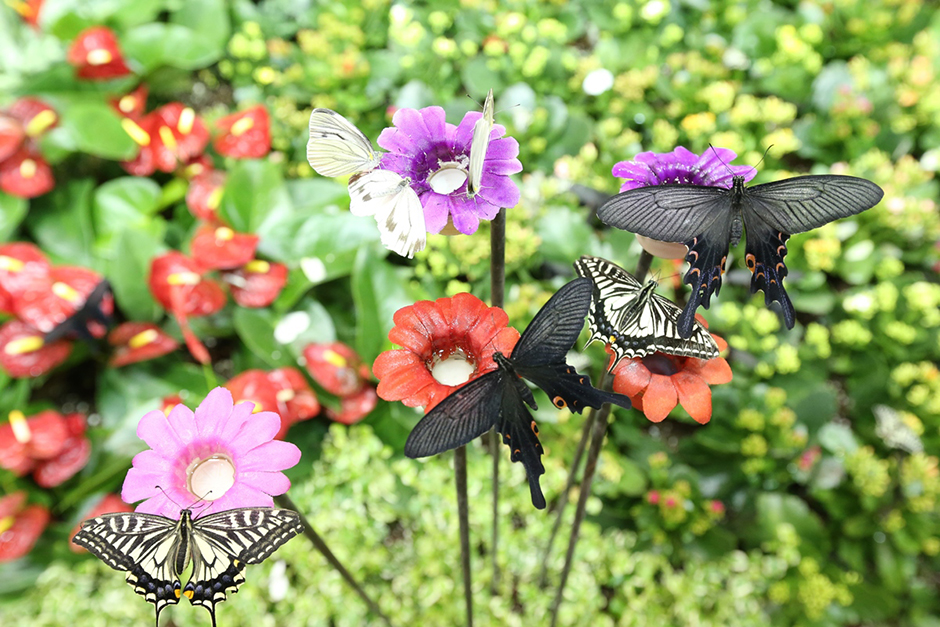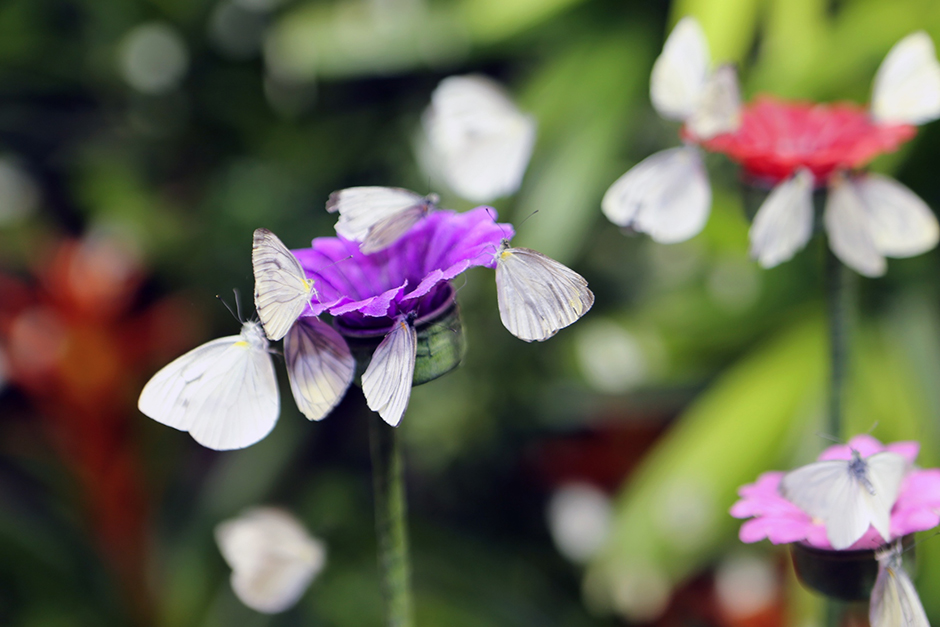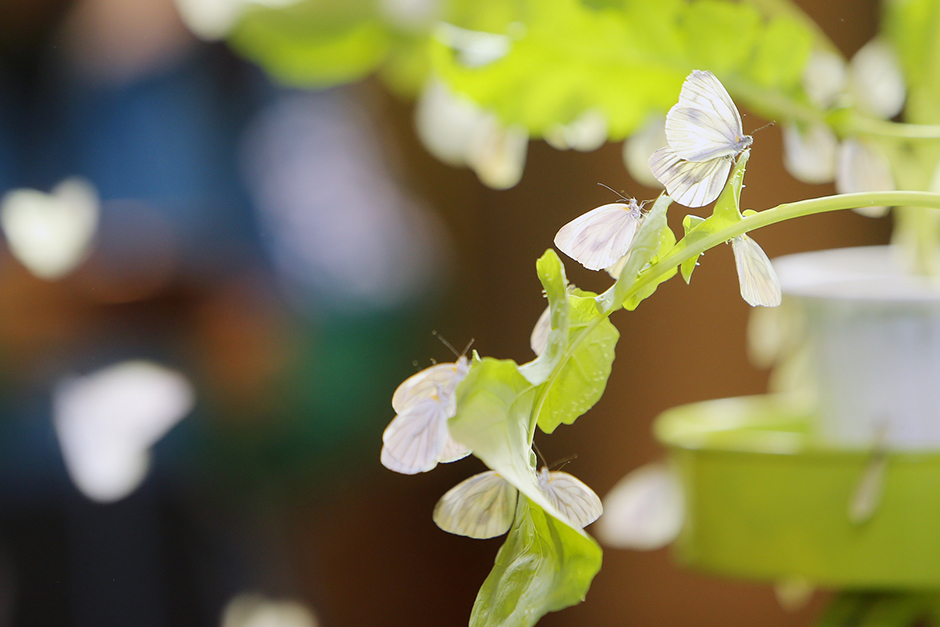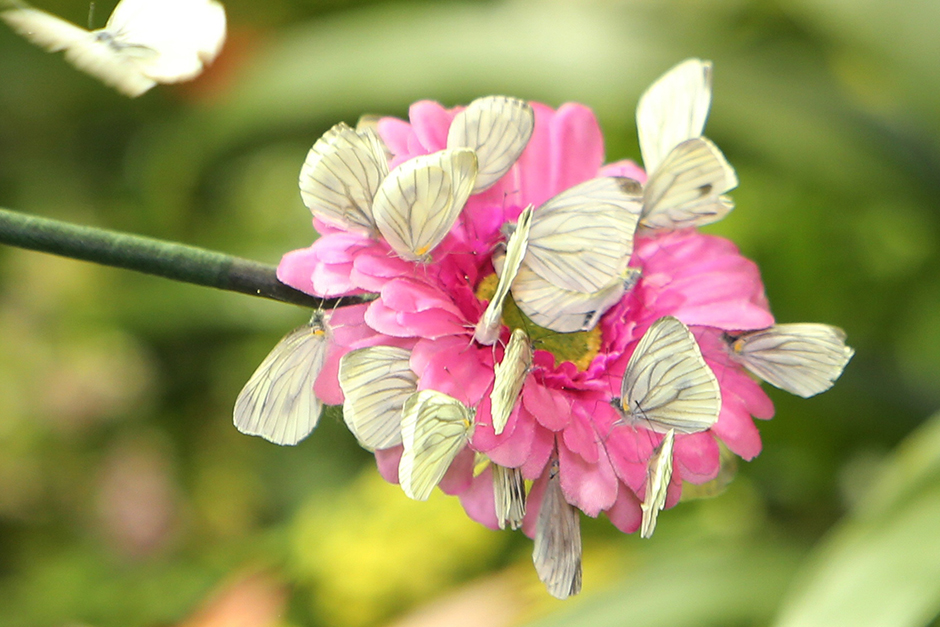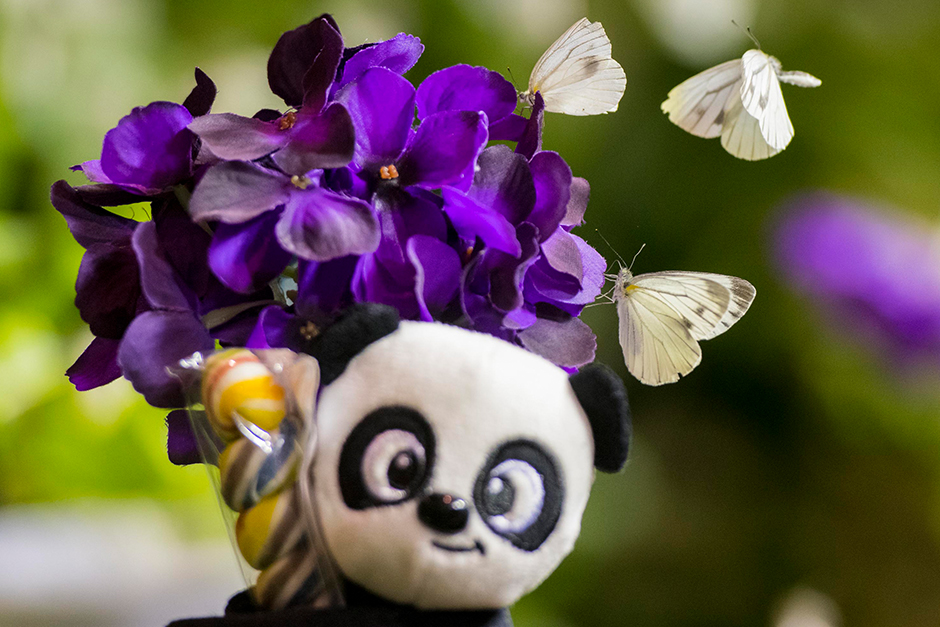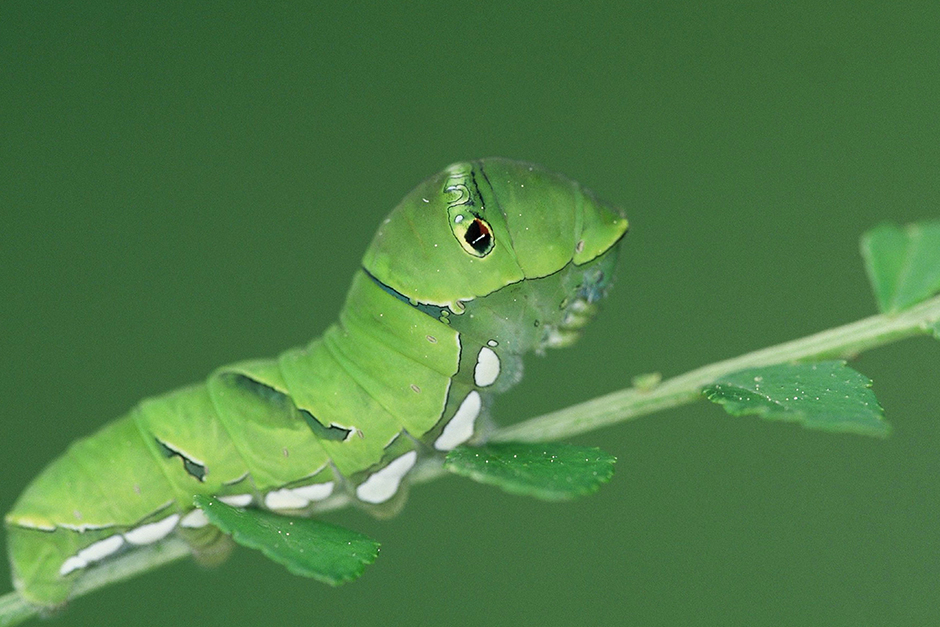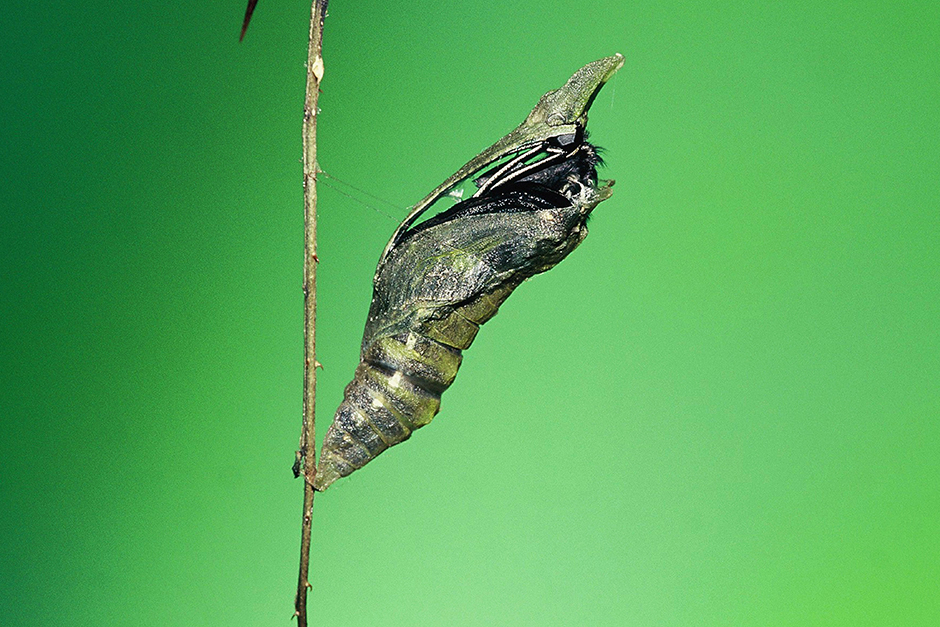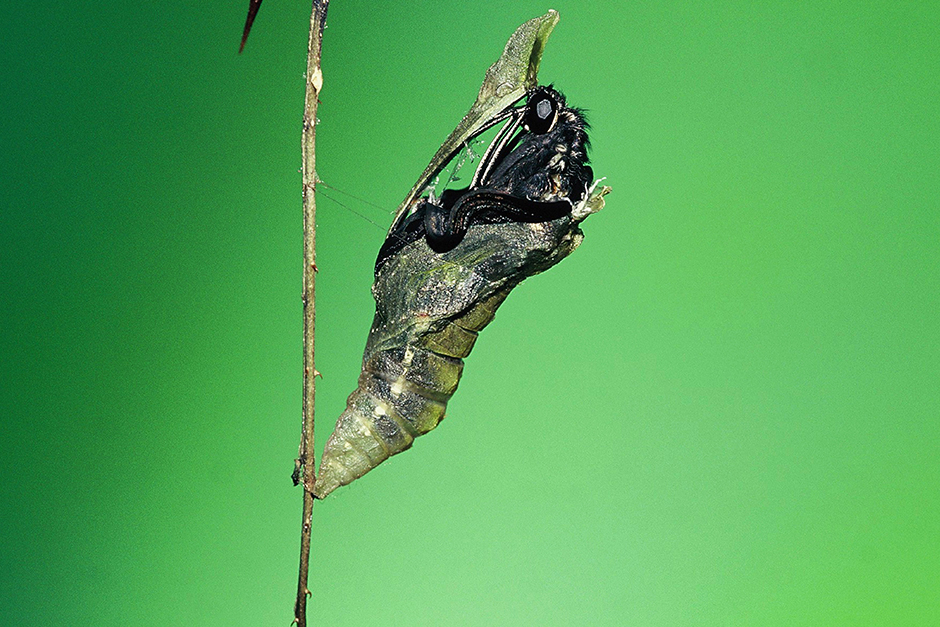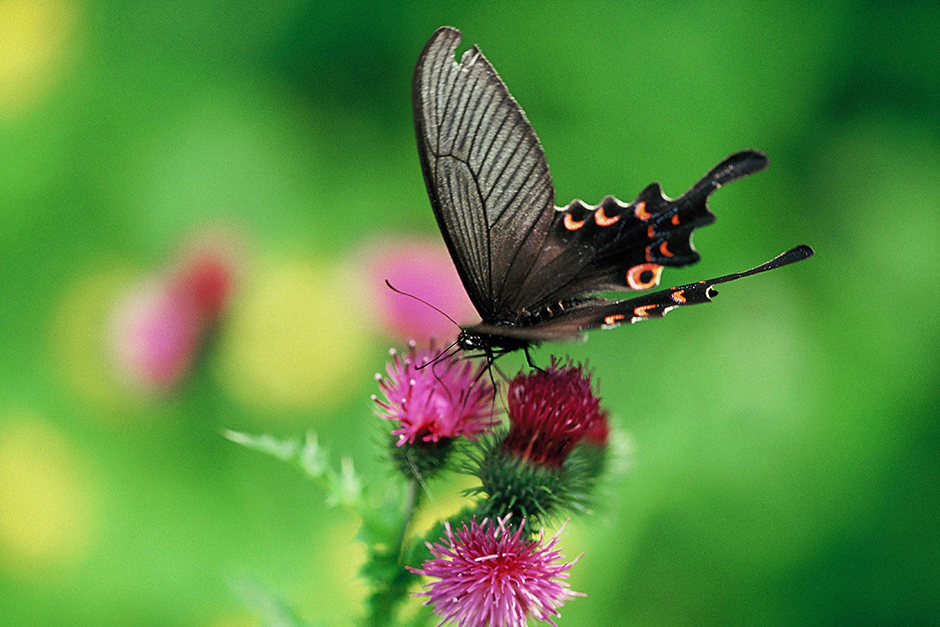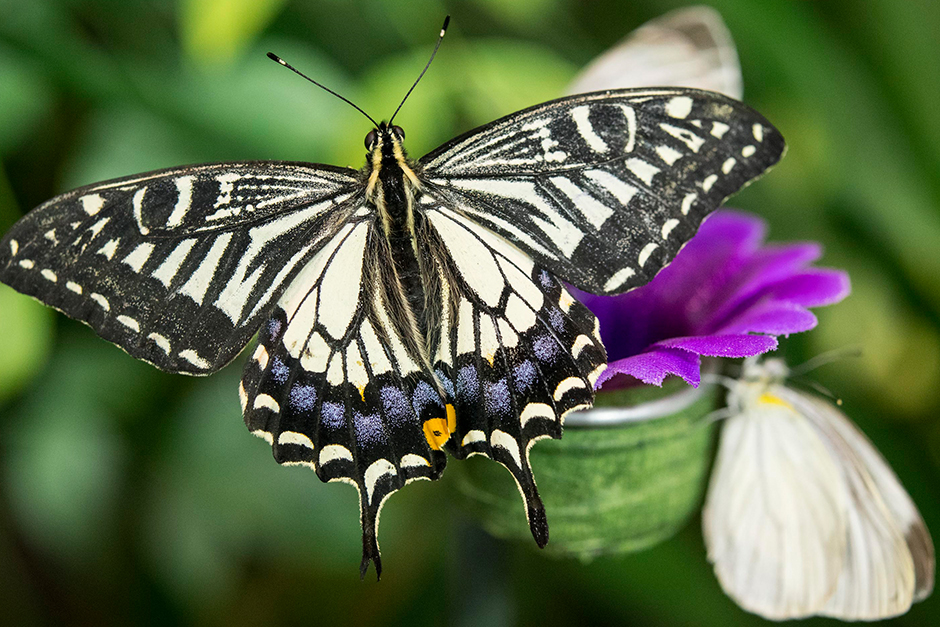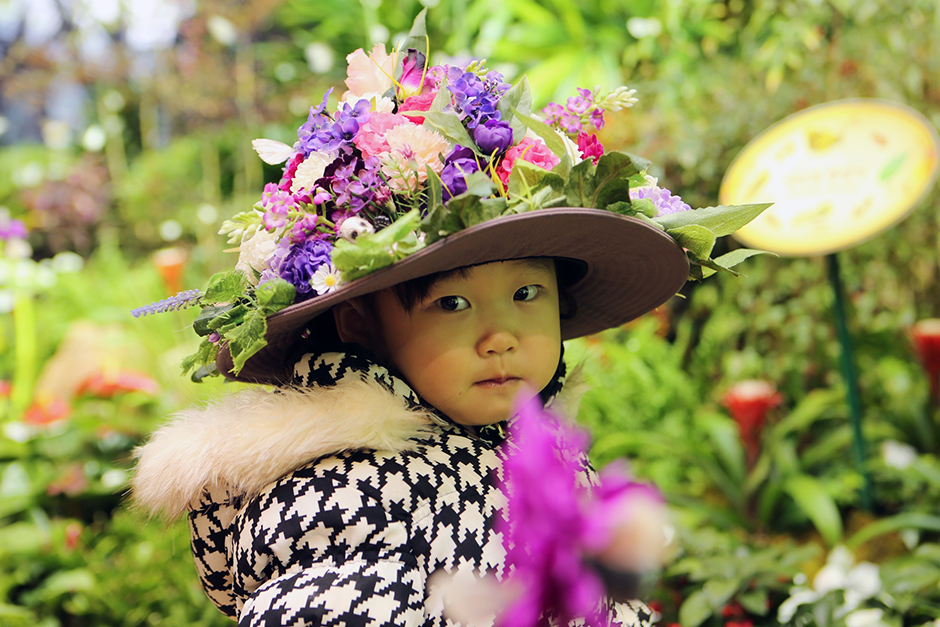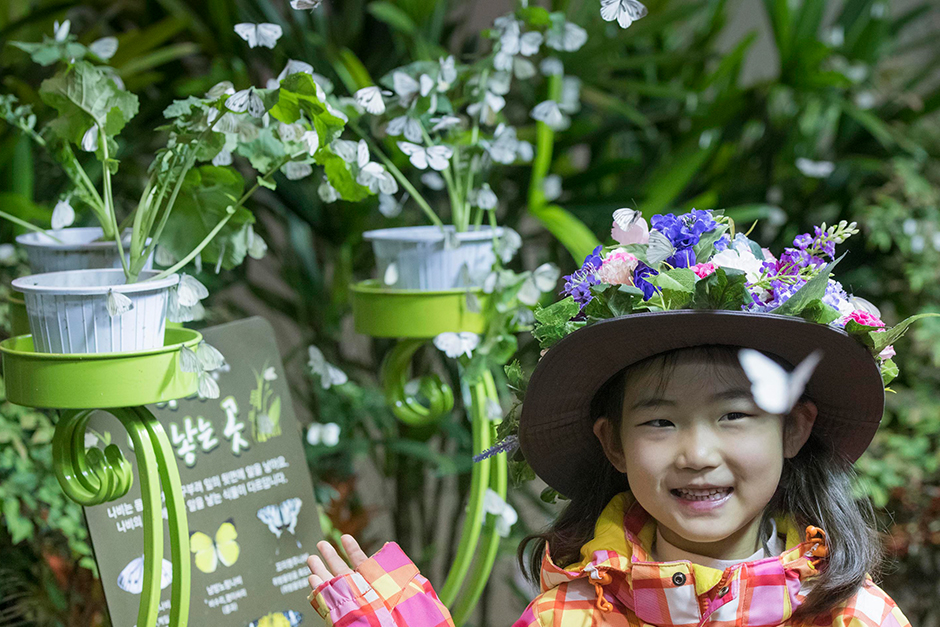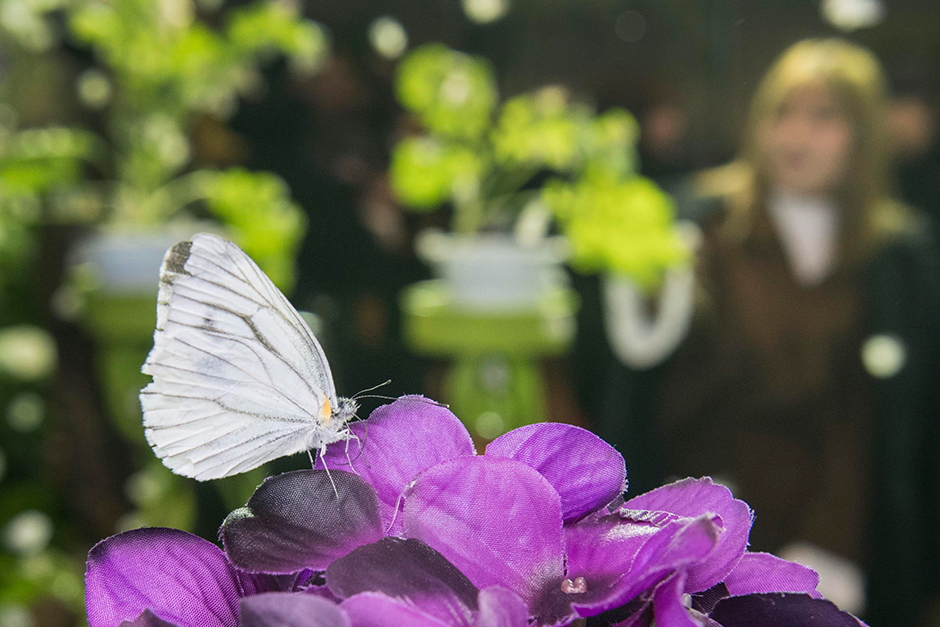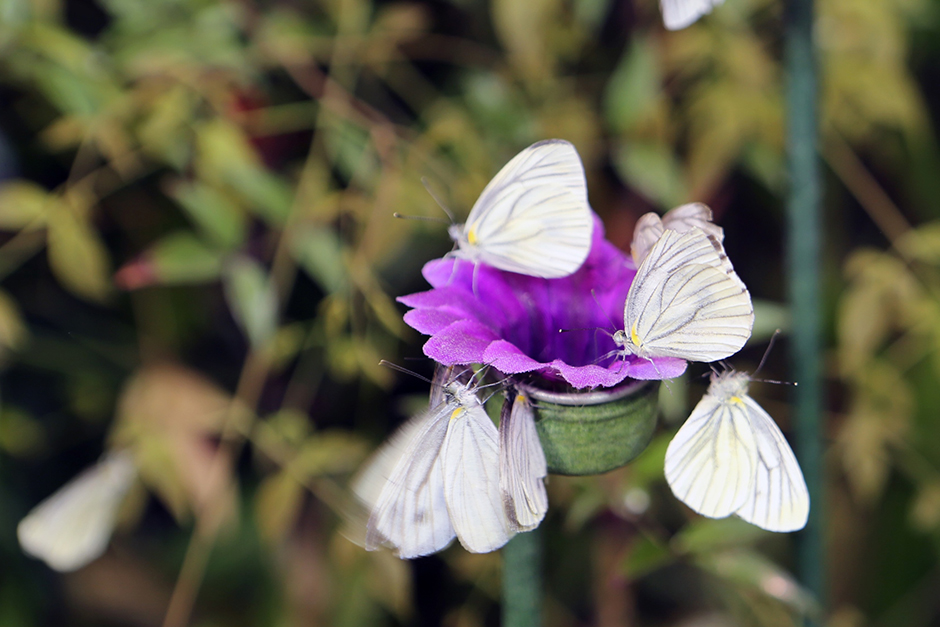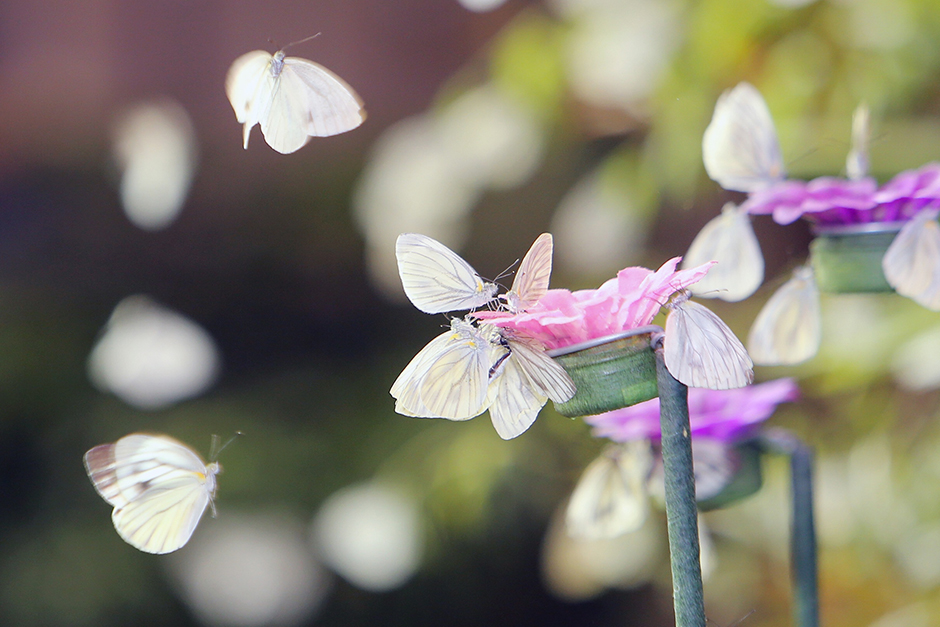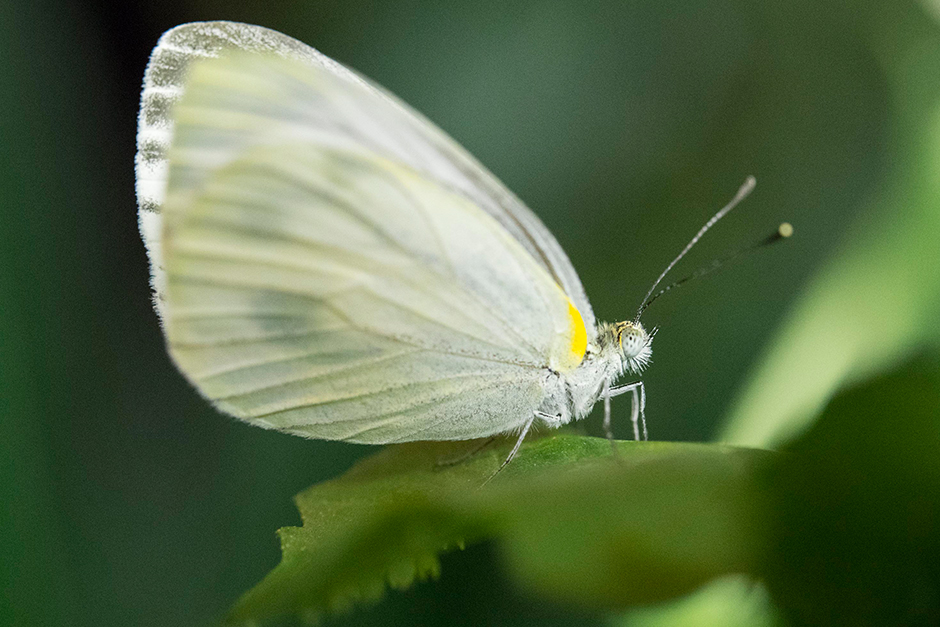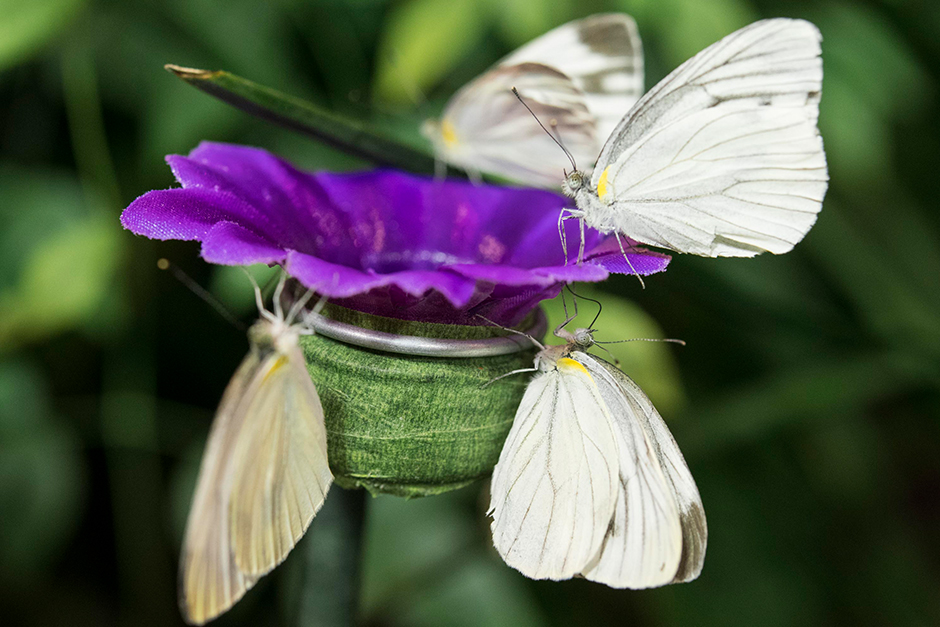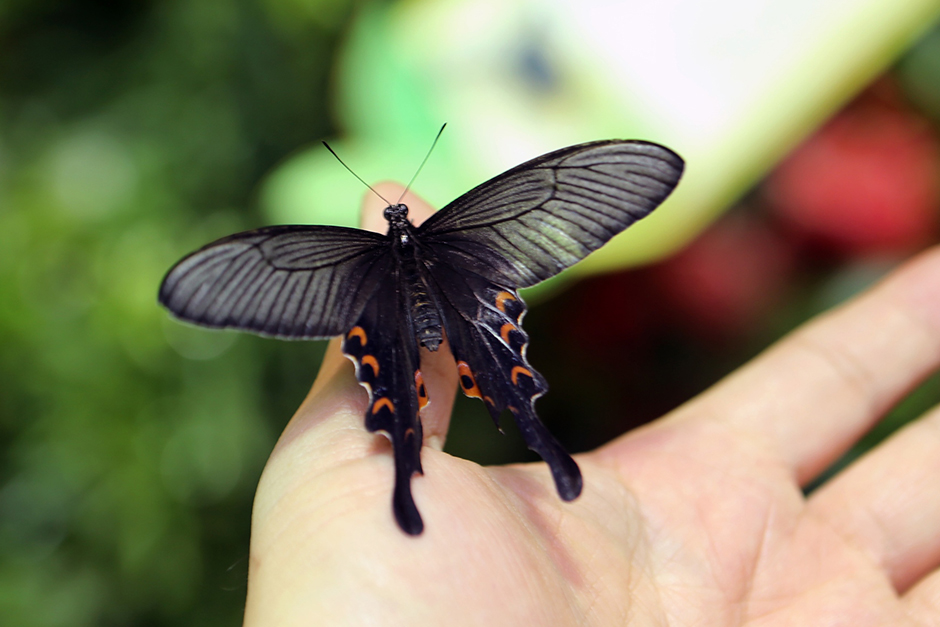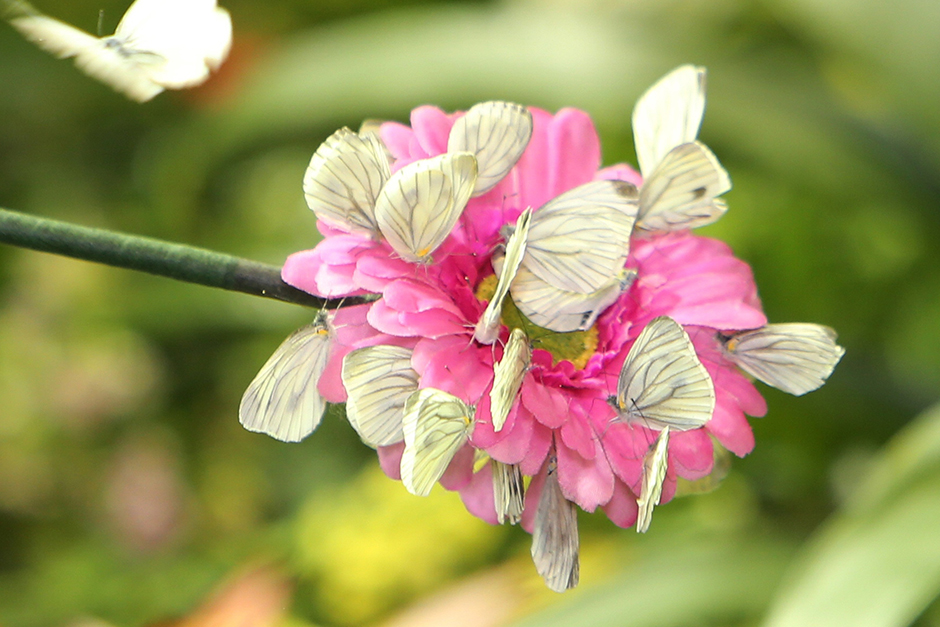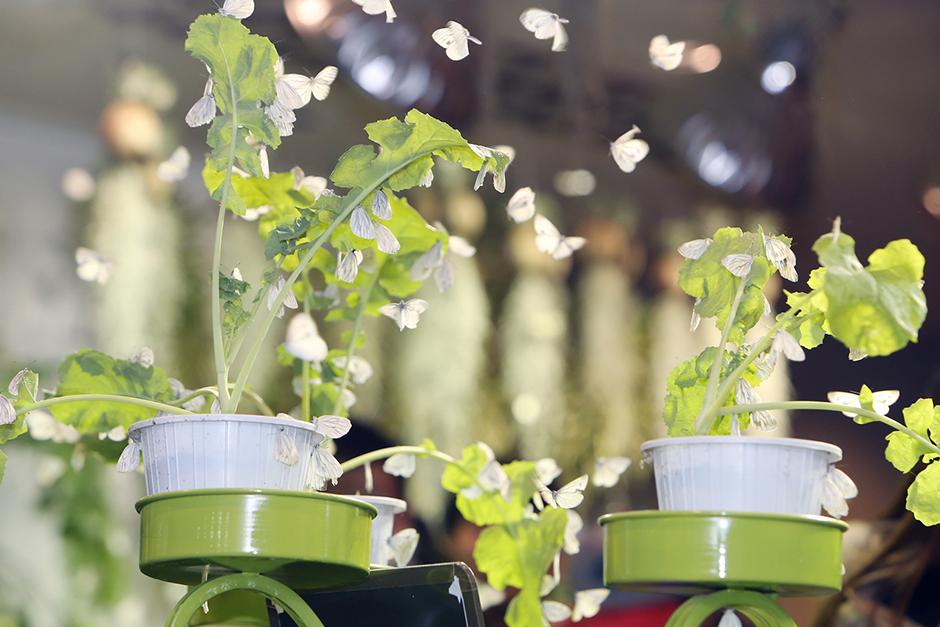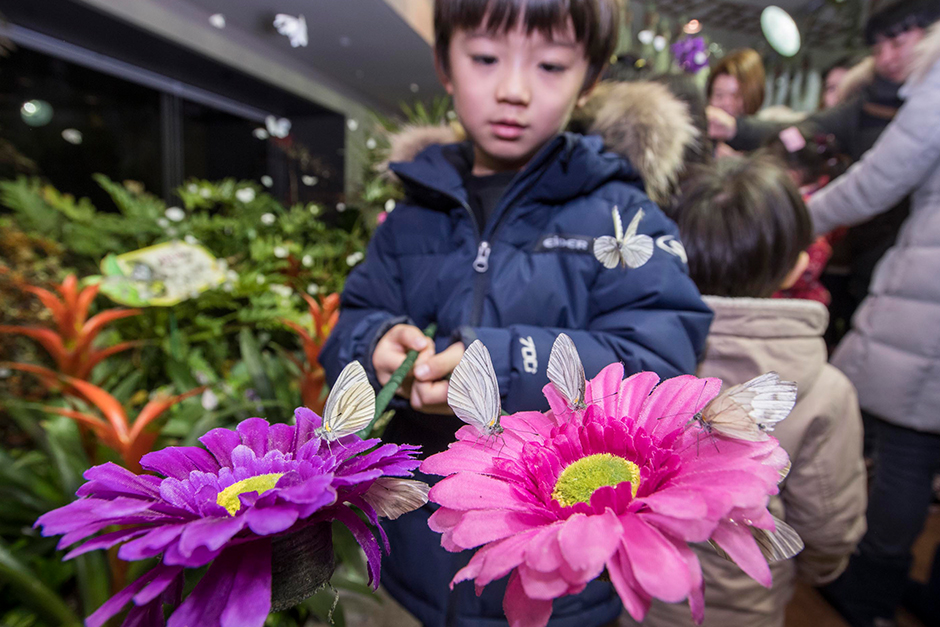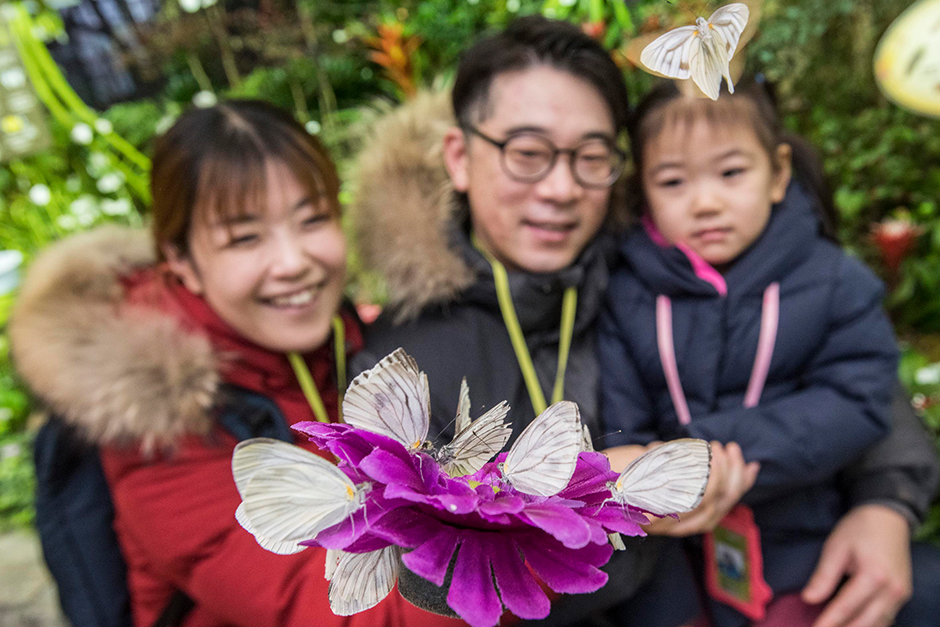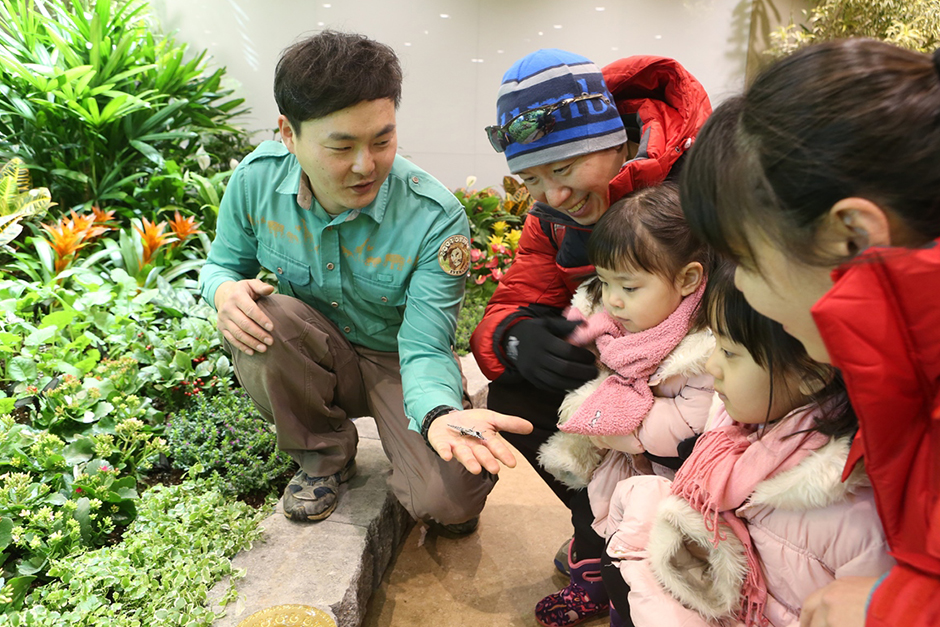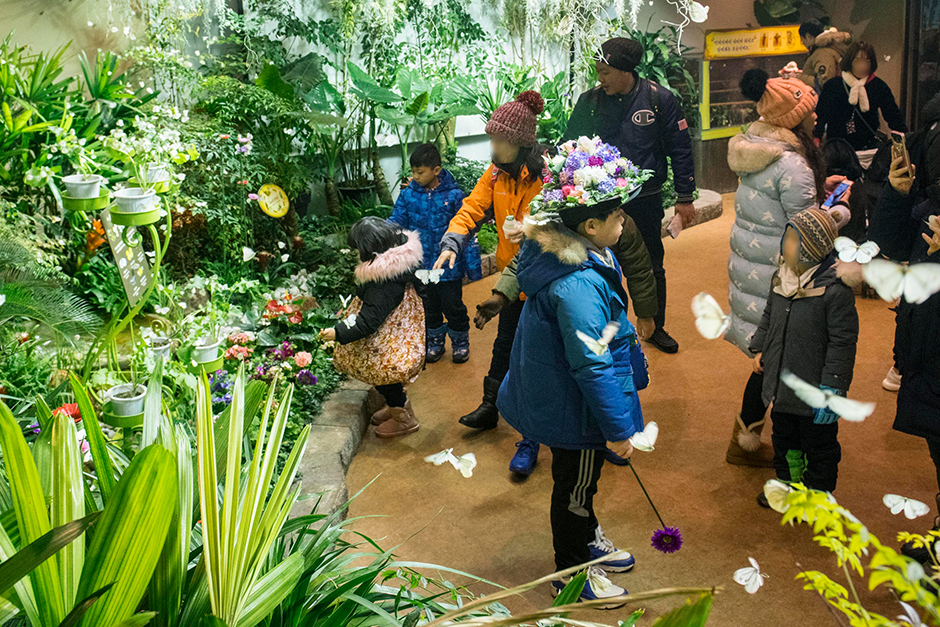As the distinguished biologist Jeffrey Glassberg once said, “butterflies lead you to the sunny side of life”. Their appearance is one of the first signs that spring has arrived, while their graceful movements and kaleidoscopic colors are symbols of rejuvenation in many cultures.
As cold-blooded animals, butterflies are rarely seen during the colder months. But South Korea’s Everland has created an environment for these creatures to thrive in the depths of winter. Featuring over 7,000 butterflies of 4 different species, the theme park, located south of Seoul, recently opened its Butterfly Garden to offer visitors a slice of spring.
Butterflies are not only beautiful to look at, they are also fascinating creatures. Here are 5 interesting facts to help you prepare for your visit.
Shape-shifters
Many of us heard the story of a hungry caterpillar transforming into a beautiful butterfly when we were young. But what happens inside the chrysalis is often left untold.
Once the caterpillar molts into a chrysalis, it starts to dissolve all its body parts. Everything, except for a few complex groups of cells, turns into liquid. Swimming inside the protein-rich capsule, these cells, also known as imaginal discs, divide rapidly to form key organs of the butterfly, such as the eyes, wings, and antennae.
Want to take a closer look at the metamorphosis process? You can do just that at the Butterfly Garden where visitors can observe chrysalises with a magnifying glass. And during the daily storytelling sessions, Everland’s expert breeders will also explain the process in more detail, while visitors can even hold newly emerged butterflies and help them fly for the first time.
All-Liquid Diet
Appearance is not the only thing that’s different after a caterpillar goes through metamorphosis. Its diet also changes completely.
Caterpillars can chew solid food, with leaves being its main source of diet. Butterflies, however, don’t have mouths. They rely on a straw-like tongue called proboscis to consume nutrients, which means they are limited to an all-liquid diet.
The Butterfly Garden offers visitors the rare opportunity to feed honey to butterflies. You can also try attracting Everland’s fluttering residents to pose for unique photo with you by wearing specially designed flower hats.
Sensitive Feet
Watch how butterflies feed closely and you’ll notice that they step on their food. That’s because their taste buds are located on the back of their legs!
Apart from finding food, female butterflies would also use their legs to taste a plant to see if it’s edible for caterpillars. They would only lay her eggs if the plant is suitable.
Legally Blind
If a butterfly visited an ophthalmologist, it would fail the eye exam miserably. But while butterflies might be legally blind by human standards, what they lack in clear vision they make up for in the types of colors they can detect.
A butterfly eye contains at least 15 different types of light-detecting cells, or photoreceptors, compared with only 3 types in a human eye. This means butterflies can see colors visible to the human eye all the way to those in the ultraviolet spectrum.
Butterflies use their vision to find food, as flowers have ultraviolet patterns. Scientists also found that butterflies communicate with one another using ultraviolet colors.
Transparent Wings
Yes, you read that right. Butterfly wings are transparent!
A butterfly’s colors come from the thousands of microscopic scales that cover its wings. The wing itself, however, is made from a very thin layer of protein that’s completely see-through. This layer can be seen on older butterflies, as scales fall off as they age.
The Butterfly Garden opens until 25th February, 2018. Visit Everland to watch these beautiful creatures up close and personal.
Source: Everland’s official Youtube channel


